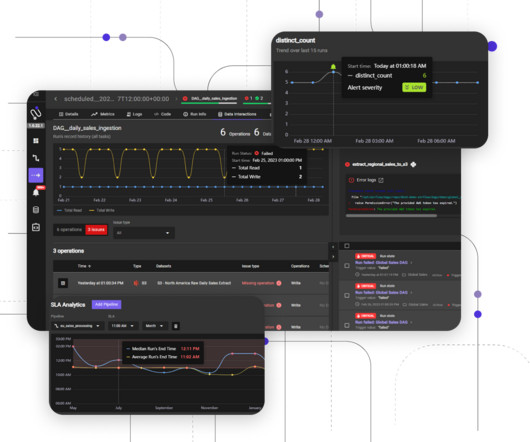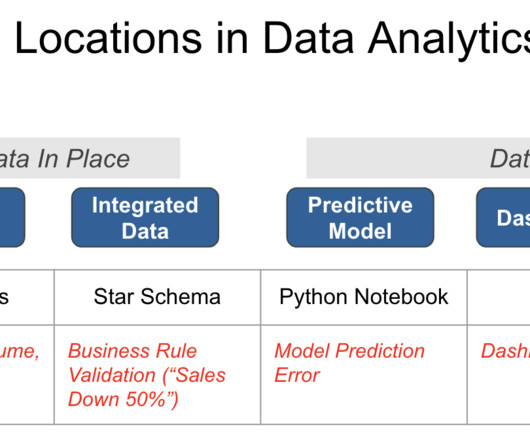Data Integrity vs. Data Validity: Key Differences with a Zoo Analogy
Monte Carlo
MARCH 24, 2023
However, the data is not valid because the height information is incorrect – penguins have the height data for giraffes, and vice versa. The data doesn’t accurately represent the real heights of the animals, so it lacks validity. What is Data Integrity? How Do You Maintain Data Integrity?















Let's personalize your content